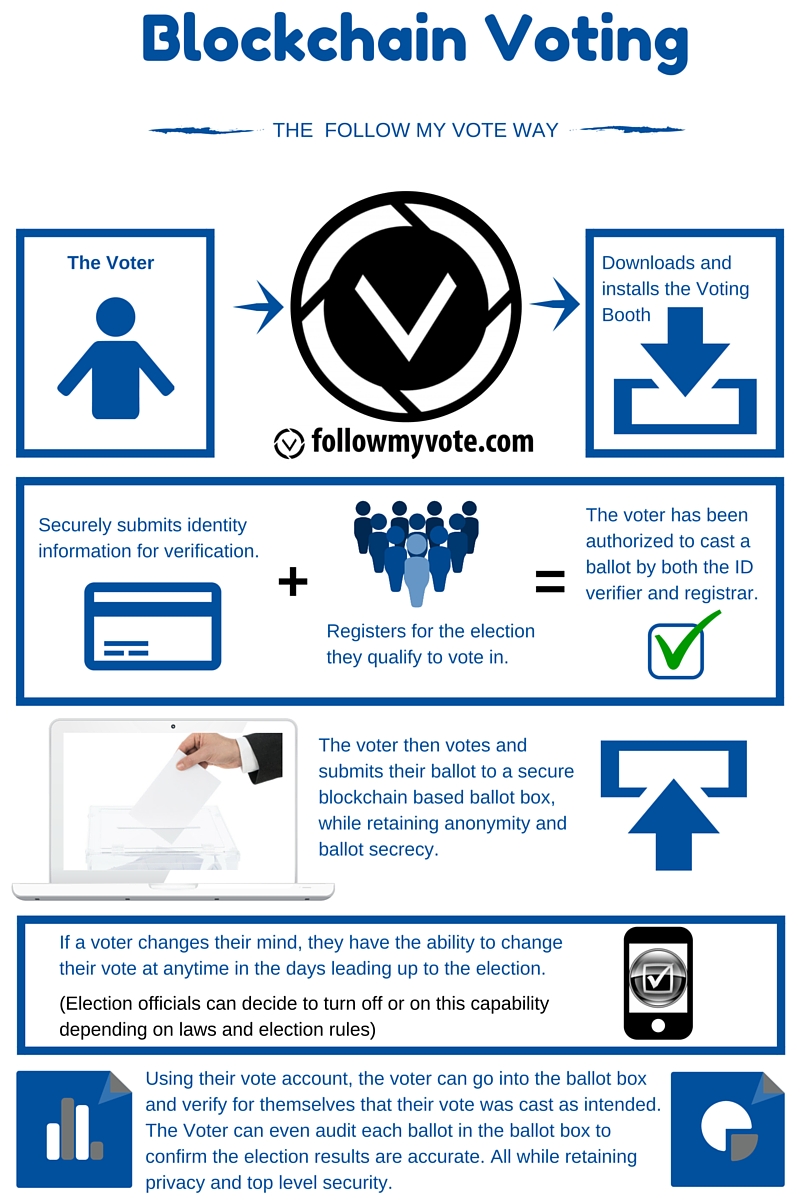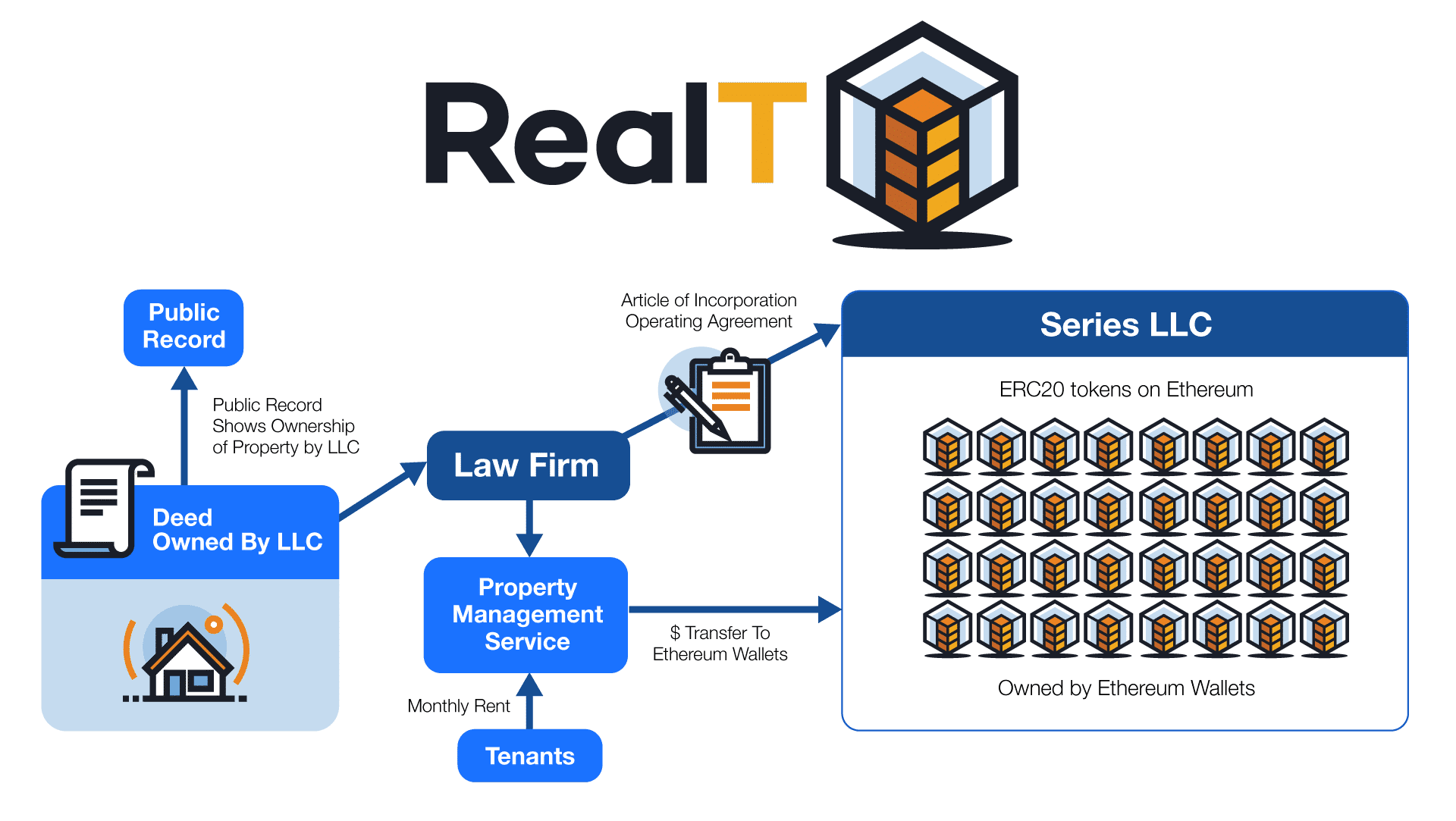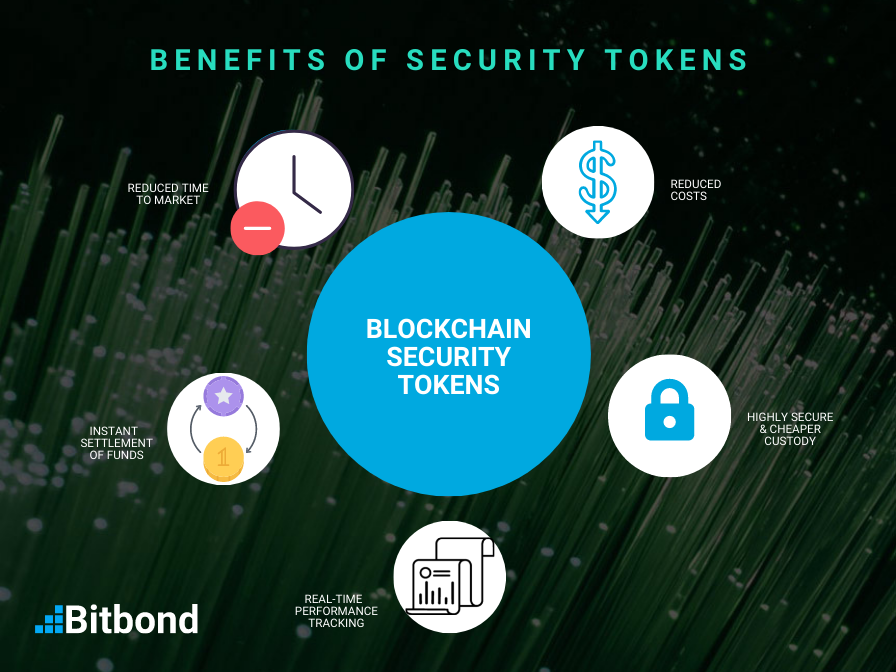B2B SaaS sales, or Business-to-Business Software as a Service sales, is a dynamic and evolving field that involves selling cloud-based software solutions to other businesses. Unlike traditional software sales, SaaS products are delivered over the internet, which means they are typically sold as subscription services rather than one-time purchases. This model has transformed how businesses operate, offering greater flexibility and scalability.
The Unique Nature of SaaS Products
SaaS products stand out due to their cloud-based nature, allowing for easy access and updates without the need for physical installations. This ease of deployment and maintenance is a significant selling point, making SaaS an attractive option for businesses looking to streamline operations and reduce IT overhead. The subscription-based model also offers a predictable revenue stream for providers and cost-effective solutions for customers.
The Sales Cycle in B2B SaaS
The sales cycle in B2B SaaS is typically longer and more complex than in B2C sales. This is due to the higher stakes involved in business decisions, requiring multiple stakeholders and thorough evaluations before committing to a purchase. The process often starts with lead generation, followed by nurturing leads through educational content, demos, and trials. Effective communication and relationship-building are crucial at every stage to move prospects through the sales funnel.
The Role of the Sales Team
In B2B SaaS sales, the sales team plays a critical role in driving success. Sales representatives must deeply understand the product, industry, and customer pain points. They act as consultants, helping businesses understand how the SaaS solution can address their specific needs. This consultative approach builds trust and positions the sales team as valuable partners rather than just vendors.
Leveraging Technology in Sales
Technology is at the heart of B2B SaaS sales. CRM (Customer Relationship Management) systems are essential tools that help sales teams manage interactions with prospects and customers. These systems track communications, automate follow-ups, and provide valuable insights into customer behavior. Additionally, sales enablement tools offer resources and content that empower sales reps to engage effectively with potential clients.
Importance of Customer Success
In the SaaS model, customer success is paramount. Unlike traditional sales, where the transaction ends after the purchase, SaaS sales require ongoing engagement to ensure customer satisfaction and retention. Customer success teams work closely with clients to help them maximize the value of the software, address any issues, and identify opportunities for upselling or cross-selling. This focus on long-term relationships drives loyalty and recurring revenue.
Navigating Pricing Strategies
Pricing strategies in B2B SaaS can be complex and varied. Common models include per-user pricing, tiered pricing, and usage-based pricing. Each has its advantages and challenges, and the choice depends on the target market and product offering. Transparent and flexible pricing is essential to attract and retain customers, providing them with options that align with their budget and usage patterns.
Challenges in B2B SaaS Sales
Despite its many advantages, B2B SaaS sales come with challenges. The competitive landscape is constantly evolving, requiring sales teams to stay ahead of industry trends and innovations. Additionally, convincing businesses to switch from legacy systems to new SaaS solutions can be difficult, particularly if they are concerned about data security or integration issues. Overcoming these hurdles requires a deep understanding of the market and a strong value proposition.
The Future of B2B SaaS Sales
The future of B2B SaaS sales looks promising, with continuous advancements in technology and increasing adoption of cloud-based solutions. Artificial intelligence and machine learning are set to play a significant role, providing deeper insights into customer behavior and automating routine tasks. As businesses continue to seek efficiency and agility, the demand for innovative SaaS solutions will likely grow, driving new opportunities for sales teams.







































